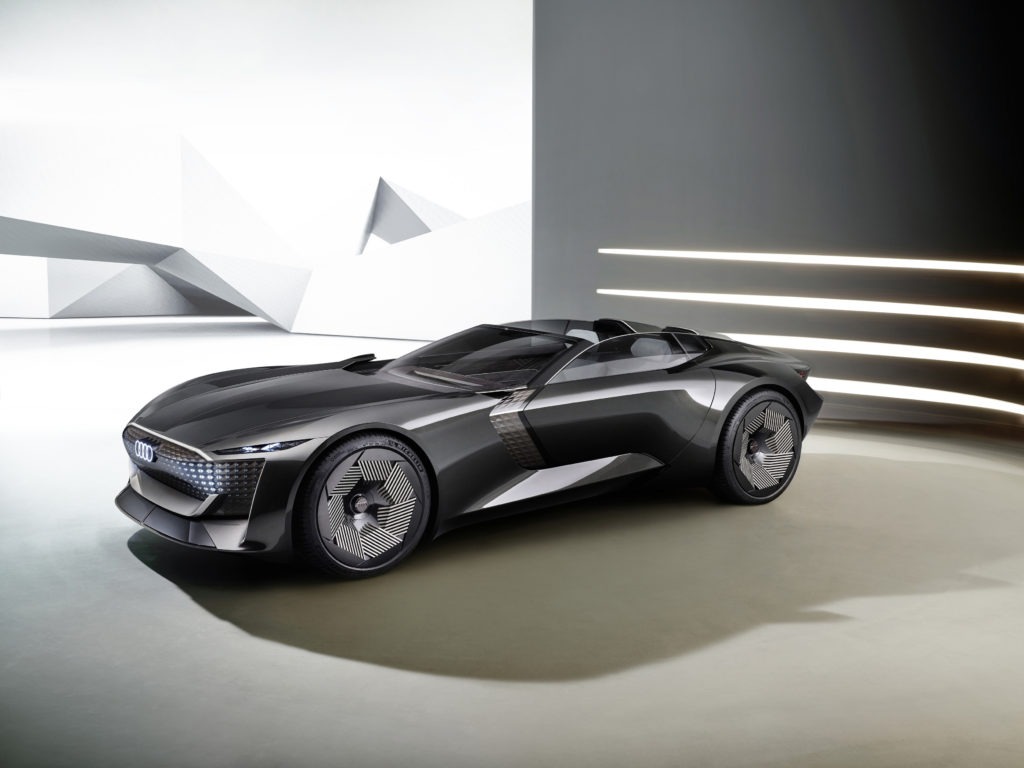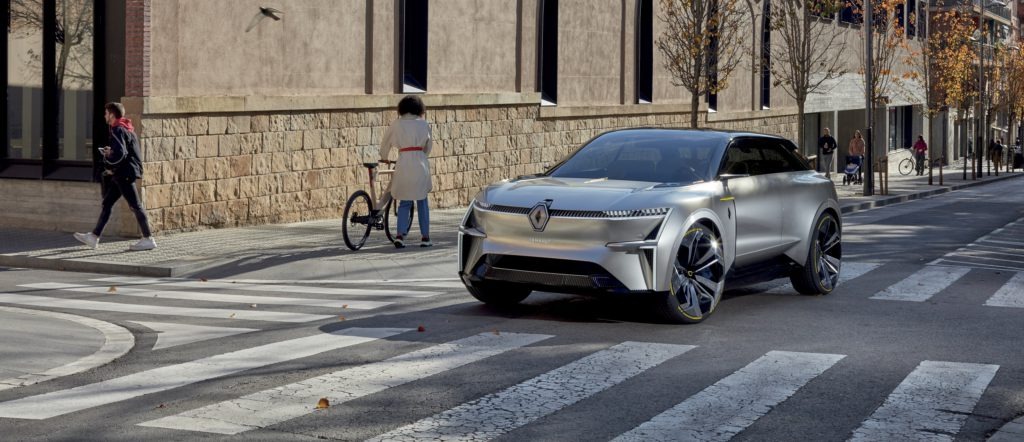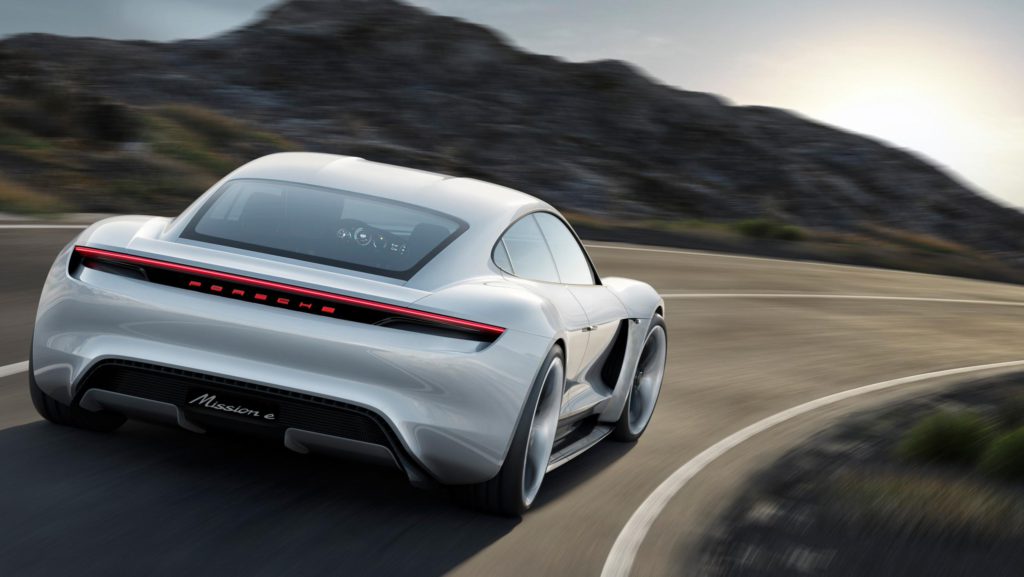Audi goes for two cars in one with its new electric skysphere concept
17 August 2021

Audi has unveiled the Skysphere. It is the first member of a new concept family – a fully-electric sports car and a grand tourer (GT). However, rather than a GT with sporty design features, the skysphere boasts two separate modes. One, a Level 4 autonomy-capable cruiser and the other a physically shorter roadster.
This ‘two-cars-in-one’ trick is made possible with a variable wheelbase. Electric motors and an advanced mechanism allow body and frame components to slide into one another. This means the car’s exterior length can change by 250mm. Ground clearance is also adjusted by 10mm to enhance comfort and driving dynamics.
Two in one
With the touch of a button, skysphere drivers can go from piloting a rear-wheel drive, 4.94m-long, electric roadster to being ‘chauffeured’ around in an autonomy-capable, 5.19m-long GT. In this luxury mode, the steering wheel and pedals conceal themselves to provide more space, while the vehicle’s sensor system scans the road ahead, driving the occupants to their destination. It can even pick up passengers using information about their location, and then take care of parking and charging.
The skysphere was conceived of at Audi’s design studio in Malibu. Project manager Gael Buzyn and his team drew inspiration from the Horch 835 roadster, borrowing dimensions and proportions, with a compact cabin and long front end.
Furthermore, the skysphere looks forward rather than backwards for power. Mainly electric-drivetrain components sit between the front axle and the windscreen, including the charger, the DC/DC converter, as well as the actuators. Additionally, electronic and mechanical parts make up the adaptive wheelbase.
‘New technologies like electrification, digitalisation, and autonomous driving gave us the opportunity to create an experience that goes way beyond the one that typical roadsters offer today,’ said Buzyn.
Plugged-in performance
The 1,800kg concept is driven by an electric motor positioned on the rear axle, which delivers 750Nm of torque. A total of 465kW of power takes the skysphere from 0 to 100km/h in four seconds. With modules primarily stored behind the cabin, battery capacity is expected to be more than 80kWh, giving the car over 500km in range (WLTP) in the economical GT mode.
Steering takes place via steer-by-wire technology, which controls both the front and rear wheels. Not mechanically connected to the front axle, this system allows the driver to select different steering ratios and settings at the touch of a button. This means greater customisation, from a direct driving style to a more comfortable one.
Fitted with adaptive suspension, the skysphere uses independent air chambers to meet different driving needs. For example, individual chambers can be deactivated for a sporty ride with fast acceleration. Lowering the body by 10mm also reduces drag, which is particularly relevant when driving long distances.
Individual wheels can also be selectively raised or lowered to compensate for an uneven road. This is thanks to a collaborative effort between the navigation’s digital predictions and the active chassis’ control systems.
Inside, touchscreen surfaces on the dashboard and centre console are used to operate the vehicle and infotainment systems. In GT mode, this can be used to display internet content, video conferences, or streamed movies. Customisation is also available, such as linking the onboard streaming service to music and video providers used at home.
Spherical siblings
The ‘sphere family’ is currently made up of three conceptual siblings. After its unveiling, the skysphere made its first public appearance at Monterey Car Week in California. Next up will be the Grandsphere, due to make its premiere at the IAA 2021. Then in the first half of 2022, the Urbansphere will follow.
The sphere naming convention represents Audi’s new passenger-centric approach to design, with particular focus paid on the interior. All three vehicles are created with Level 4 autonomous technology in mind. This means that, in certain conditions, the driver can delegate total responsibility to the car and will not have to intervene.
Audi is not the first carmaker to consider the potential of a transforming wheelbase. In March 2020, Renault drew the curtain back on its own extending concept, the Morphoz. This battery-electric SUV looked to be capable of varying its length by 400mm. The additional room could be used as storage space for an additional 50kWh battery pack, taking the Morphoz’s range from 400km to 700km.
Freed from the inflexible body of internal-combustion-engine (ICE) powered vehicles, OEMs are exploring the adaptability of battery-electric vehicles (BEVs). Electric motors are removing the need for fixed components such as transmissions, drive shafts and axles, making cars more modular and malleable. However, it is worth remembering that these adaptable designs are only concepts; illustrations of carmakers’ visions of the future. It may be some time before transforming cars are seen on the road.


